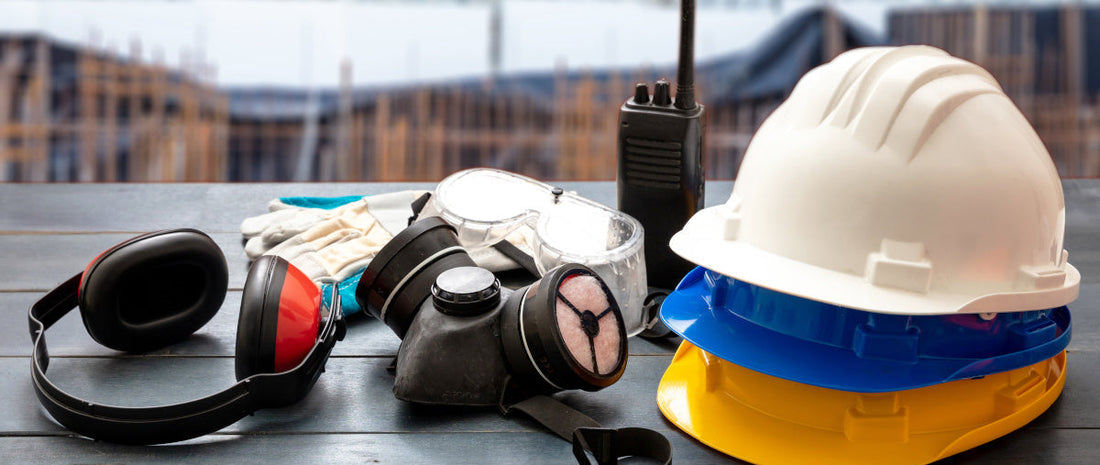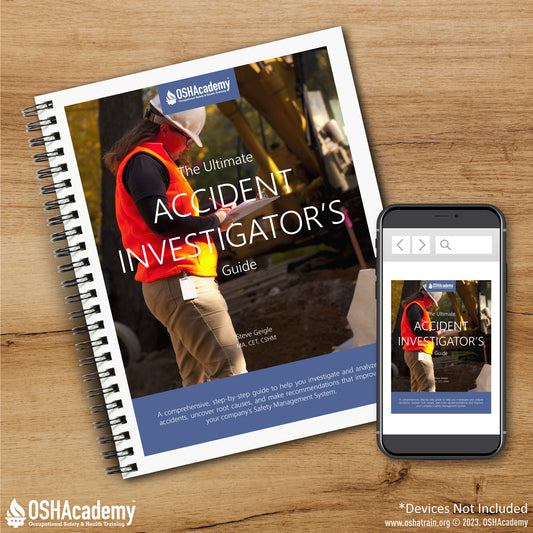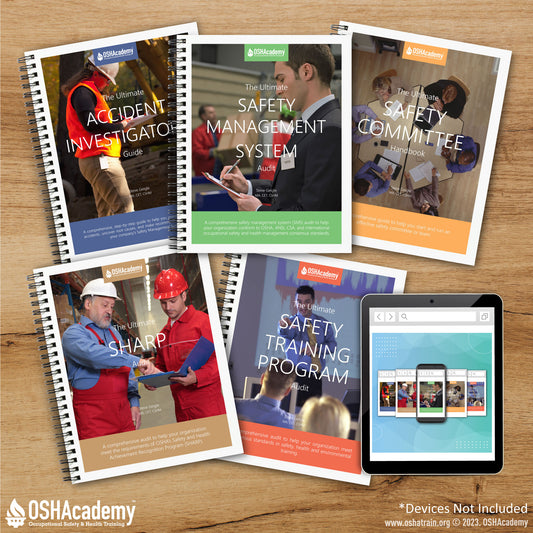
The Most Common PPE Mistakes—and How to Avoid Them
Share
By Abbie Geigle
Personal Protective Equipment (PPE) is a crucial defense against workplace hazards, yet many workers unknowingly make mistakes that compromise their safety. Whether it’s wearing the wrong gear or skipping PPE altogether, these errors can lead to serious injuries or even fatalities. Here are some of the most common PPE mistakes—and how proper training can help prevent them.
1. Not Wearing PPE When Required
Some workers skip PPE because they find it uncomfortable or inconvenient. However, failing to wear proper gear increases the risk of exposure to hazardous substances, flying debris, or harmful noise levels.
Solution: Employers should enforce PPE policies, and workers should understand the risks of working without protection.
2. Using the Wrong Type of PPE
Not all PPE is one-size-fits-all. A dust mask won’t protect against toxic fumes, and safety glasses aren’t a substitute for full-face shields. Choosing the wrong equipment leaves workers vulnerable.
Solution: Employees should receive training on PPE selection for specific job hazards.
3. Poorly Fitted PPE
PPE that is too loose or tight won’t provide adequate protection. A loose harness can fail during a fall, and improperly fitted gloves can reduce dexterity.
Solution: Employers must ensure proper PPE sizing and provide fit tests for respiratory protection.
4. Not Maintaining or Replacing PPE
Worn-out gloves, cracked helmets, or dirty respirators lose effectiveness over time. Many workers unknowingly use damaged PPE, putting themselves at risk.
Solution: Regularly inspect, clean, and replace PPE as needed.
5. Lack of PPE Training
Many workers don’t receive proper training on when and how to use PPE correctly. Without this knowledge, they may unknowingly expose themselves to risks.
Solution: Employers should provide OSHA-compliant PPE training to ensure workers are fully prepared.
One of the best ways to ensure PPE is used effectively is through online safety training. OSHAcademy’s Personal Protective Equipment: Basic Course covers proper PPE selection, use, maintenance, and OSHA compliance—helping workers stay safe on the job.




6 comments
Straight information thank you
Simple to the point. PPE compliance needs to be objectively done with all supervisors trained.
Very informative thank you for sharing .
Thanks for giving very informative information.
Valuable information especially when complacency kicks in, will share with our delegates.